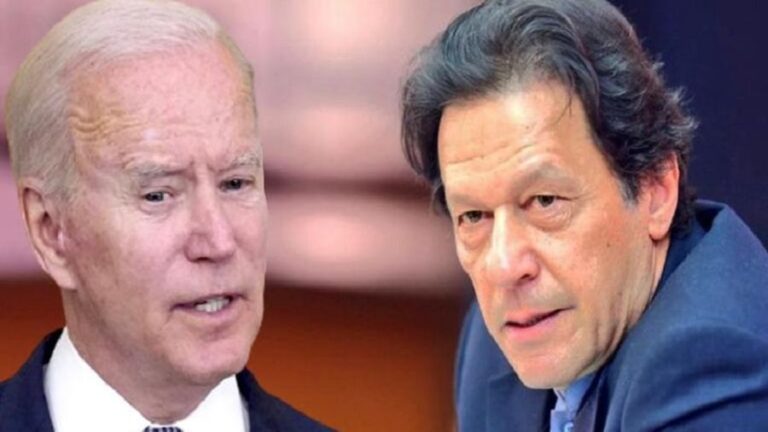The Chinese-Indian Security Dilemma Isn’t Insurmountable
While their border disputes have yet to be resolved, the latest development is still a very positive milestone in not just their bilateral relations, but also the global systemic transition to multipolarity as well as their shared goal of jointly pioneering the Asian Century.
The 16th round of commander-level talks between China and India resulted in both major countries agreeing to mutually disengage their military forces from the disputed frontier. This development comes shortly after Indian External Affairs Minister Subrahmanyam Jaishankar expressed optimism about his country and China jointly pioneering the Asian Century, the scenario of which was then seconded by Chinese Foreign Ministry spokesman Wang Wenbin.
Importantly, their mutual military disengagement is occurring less than a week before the next Shanghai Cooperation Organization (SCO) leaders’ summit in the ancient Uzbek city of Samarkand from 15-16 September. Chinese President Xi Jinping and Indian Prime Minister Narendra Modi could possibly meet during that event considering their major countries’ progress in improving bilateral relations, which would supercharge their efforts to advance the Asian Century.
The global systemic transition to multipolarity forms the larger context within which these positive developments are rapidly unfolding. This complex confluence of full-spectrum paradigm-changing processes predates the latest phase of the Ukrainian Conflict that began in late February but was immensely accelerated by everything that happened since. Of relevance to Chinese-Indian relations. Delhi was able indisputably prove its strategic autonomy and resultant multipolar intentions.
This is pertinent to the topic of the present analysis since a dangerous security dilemma had descended upon their ties over the past few years. That concept is from the realist school of International Relations thought and refers to a pair of countries coming to distrust one another, after which they each take certain military-security moves that they regard as being defensively motivated but are interpreted by the other as disruptive. Their counterpart responds, and a self-sustaining cycle of escalation ensues.
China and India each have their own stances to the long-running border disputes that were inherited from the colonial era. Accordingly, they blamed one another for the deadly clashes in the Galwan River Valley that broke out in summer 2020. That regrettable low point in their relations was preceded by both sides questioning the others’ grand strategic intentions, which in turn contributed to the distrust that ultimately resulted in the aforementioned fighting over their disputed frontier.
Some in India perceived the China-Pakistan Economic Corridor (CPEC), the flagship project of Beijing’s Belt & Road Initiative (BRI), as a tacit infringement on their sovereignty considering Delhi’s claims to the Pakistani-administered areas of Kashmir through which it transits. Likewise, some in China perceived India’s rapidly evolving military-strategic relations with the US around the same time as a tacit hint of Washington’s intention to exploit Delhi as a proxy for “containing” their country.
Objectively speaking, neither BRI nor CPEC have any political – let alone military – dimensions and are purely economic projects designed to sustainably develop their host states and thus lift even more of their people out of poverty. Likewise, India has the sovereign right to develop relations with whoever it wants so long as these aren’t aimed against any third party like China. It also deserves mentioning that neither China & Pakistan nor India & the US have any mutual defense obligations to the other.
Nevertheless, a dangerous security dilemma descended upon Chinese-Indian relations, but this disturbing dynamic is now in the process of finally being reversed following their latest consensual agreement to mutually disengage their military forces from the disputed frontier. Few folks expected this to happen, though so too did few expect the latest phase of the Ukrainian Conflict to break out either, and it was precisely that game-changing event that in hindsight resulted in this outcome.
To explain, Indian decisionmakers and strategists saw how maliciously their newfound American partner divided and ruled Russia and Ukraine in order to provoke a major conflict for the purpose of delaying the decline of its unipolar hegemony. They rightly assessed that it was attempting to replicate that exact same scheme with respect to Chinese-Indian relations. As a first step to that end, the US pressured India to condemn and sanction Russia contrary to its partner’s interests, yet Delhi proudly refused to do so.
Instead, India doubled down on its principled neutrality towards the Ukrainian Conflict, which showcased its hard-earned strategic autonomy. Chinese decisionmakers and strategists were impressed by this since it clarified their neighbor’s truly multipolar intentions. Far from being an American proxy for “containing” their country like some previously suspected, India defied its newfound partner in ways that provoked its wrath but inspired greater global confidence in its policymaking independence.
The eventual outcome was that China and India came to have a better understanding of their counterpart’s grand strategic intentions, which ultimately dispelled prior suspicions and thus paved the path for them to consensually agree to mutually disengage their military forces from the disputed frontier. Both major countries clearly realized that they must take action to avoid inadvertently escalating the security dilemma that disastrously risked replicating the Russian-Ukrainian scenario.
While their border disputes have yet to be resolved, the latest development is still a very positive milestone in not just their bilateral relations, but also the global systemic transition to multipolarity as well as their shared goal of jointly pioneering the Asian Century. It also restores the trust that’s required to once again explore a peaceful political solution to these sensitive issues. Just as significantly, the latest military consensus shows that even the most dangerous security dilemmas aren’t insurmountable.







